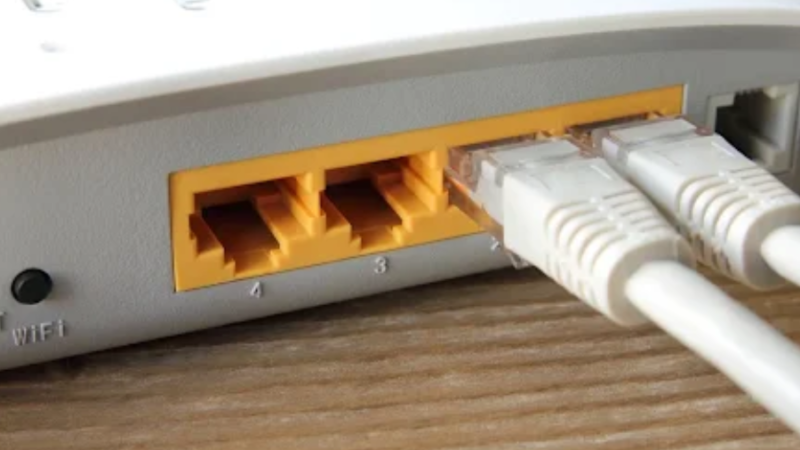Technological evolution in the world of sheet metal and paint advances at a more leisurely pace than that generated in mechanics. This does not mean that advances are being produced that facilitate the daily task of the workshop professional. In this sense, the inconspicuous appearance a few years ago of the so-called induction equipment is currently experiencing its splendor thanks to the greater induction heating equipment dissemination and marketing carried out by induction melting furnace supplier.
Basically, an induction unit is an electrical machine capable of applying heat in a localized, precise and controlled manner to one or more areas of the bodywork, even, in some cases, simultaneously.
The heating is obtained through a physical phenomenon of induction in which the heat is produced by means of high-frequency magnetic fields generated by an alternating current power supply. Said more precisely, the power supply sends the alternating current to a coil integrated in the heating inductor element so that an electromagnetic field is created in its surroundings and the heating of the metal occurs thanks to the electrical conductive capacity that the element presents metallic material.
Induction equipment applications
The use of magnetic induction equipment is only valid to carry out work on ferrous metals , that is, to work on steel bodies , since aluminum, although it is a good electrical conductor, has a greater heat dissipation, that is, it tends to not retain heat and to cool down before.
In general and without paying attention to the specific peculiarities of each equipment and manufacturer, the main applications of these machines are the following:
- Detachment of body elements such as moldings, logos, stickers, glued windows, etc.
- Heating of coatings such as anti-stone chips for easy removal
- Heating of screws, bolts, injectors, etc. to unlock them and be able to unscrew them.
- Undenting of small deformations such as those generated by hail.
Advantages of induction equipment
If the applications of these machines analyzed in the previous section are taken into account, it is clearly seen that it is a tool capable of fulfilling various functions, which stands out for providing a very significant versatility. This circumstance simplifies the necessary equipment in a body shop, while solving certain problems derived from the use of other tools such as induction power supply.
Other advantages offered by induction equipment are listed below:
- They are small-sized equipment that hardly take up space.
- The heating is generated in the metal itself quickly without the need to apply any type of flame.
- The heating is localized, precise and less annoying for the operators thanks to the fact that the equipment has inductors or blocks that act only on the area where it is placed (in some equipment it is not even necessary to touch the part).
- The control unit of this equipment has regulators that allow effective control of the heat supplied to the piece, increasing the effectiveness of the intervention.
- It does not damage the components attached to the parts on which it acts, thereby reducing intervention times derived from disassembly operations.
- It allows a cleaner disassembly process of the windows or glued components (moldings, anagrams, etc.), since it eliminates the need to insert tools or sharp components that can cause damage to the trim, instrument panels, paintings, etc. In addition, it does not dilate the adhesive during peeling operations.
- Significantly reduces the risk of dust inhalation from chip removal, although it increases fume inhalation when heating adhesives.
- It facilitates the separation of the asphalt plates placed inside some body panels, reducing the risk of scratching the protective cataphoresis.
- It enables the dent removal of small bumps without damaging the paint, a fact that reduces the intervention time and maintains the factory-applied paints.
- Some variants of equipment incorporate acoustic and optical warning devices to alert the operator that the heat is excessive and there is a risk of burning or damaging the paint.
Composition of magnetic induction equipment
The basic electric induction equipment may vary depending on the manufacturer, although it is generally made up of the AC power supply that integrates a control panel with an on/off switch, a socket to place the hose and one or more inductors (each inductor is intended for to a specific application), and a power/time regulator .
On the other hand, depending on the possibilities and the type of machine, the equipment can include or be complemented with a drive pedal, other inducers for specific operations, plastic wedges to separate glued elements without scratching the paint, etc.
Final conclusion
Magnetic induction equipment is a very versatile tool in the body shop that also has very practical applications in the mechanic shop. This peculiarity allows it to be placed as an option to be taken into account in workshops to increase the productivity of certain operations with very good results.
Finally, it should be noted that its constitution and use is very simple, although this does not mean that we must ignore the need to follow the instructions for use and risk prevention indicated in the manufacturer’s manual.






Recent Comments